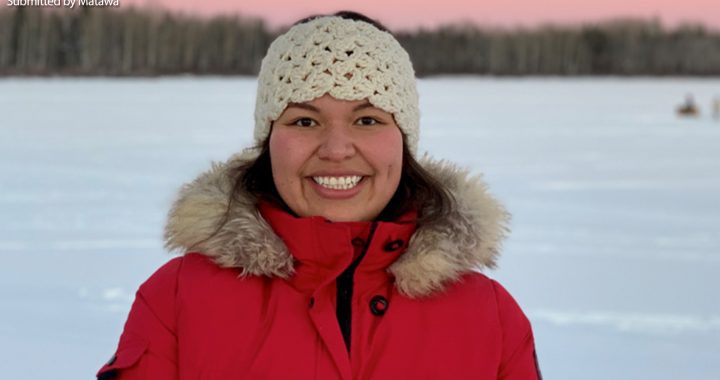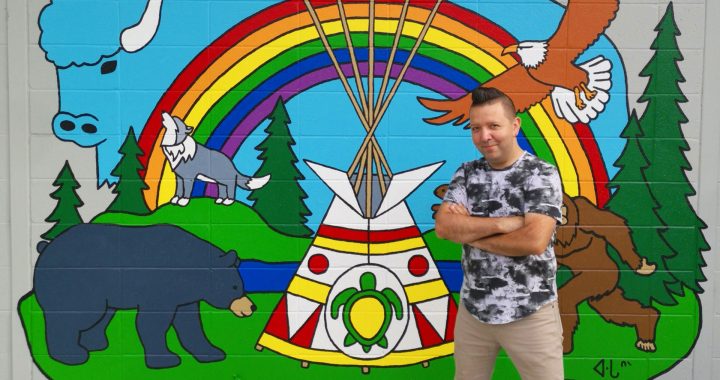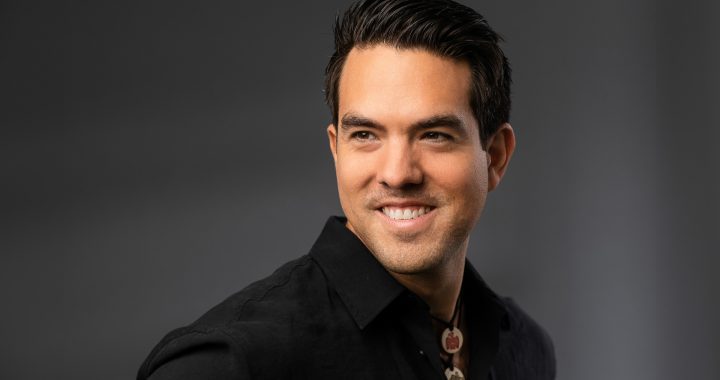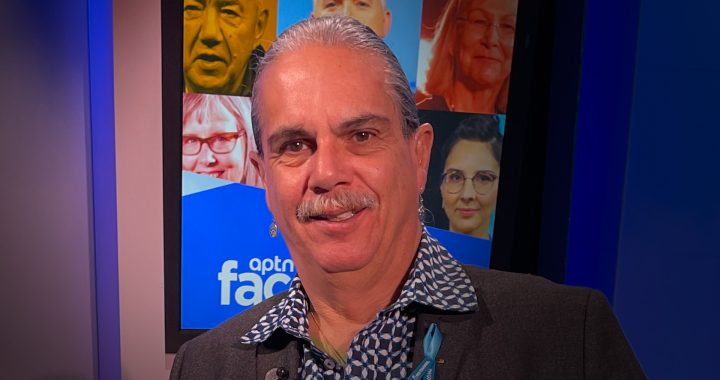A recent United Nations report on the imminent impact of the climate crisis appears to have been met with shrugs.
The release of the Intergovernmental Panel on Climate Change’s Climate Change 2022 assessment comes during a global pandemic and the Russian invasion of Ukraine, but American investigative reporter Tristan Ahtone says the report is critical as the window continues to close on fixing the climate crisis.
Ahtone, a member of the Kiowa Tribe of Texas, has worked for National Geographic, NPR, Al Jazeera and more. He is presently editor-at -large for Grist – a non-profit, independent media organization dedicated to telling stories of climate solutions.
“Oil and gas infrastructure, here in the U.S., is really being eyed as key to sort of dealing with Russia,” Ahtone told Dennis Ward, host of APTN’s Face to Face.
“The big thing we need to be thinking about here is how that’s going to impact Indigenous communities who are already fighting pipelines and oil and gas infrastructure. I suspect that’s going to mean pushing a lot more permits for everything from drilling to construction. But generally, like I said, a lot of the environmental costs are being downplayed or ignored.”
Deb Halaand
Ahtone, who is also a former president of the Native American Journalists Association, joined Ward on the latest edition of Face to Face to discuss a wide range of issues, including a number of announcements coming from the Secretary of the Interior, Deb Haaland.
Haaland, a member of the Pueblo of Laguna and a 35th generation New Mexican, is the first Indigenous person to serve as a cabinet secretary.
She has made some major strides bringing Indigenous issues to the forefront, Ahtone says, but it’s a balancing act between Tribal sovereignty and the interests of the federal government.
Haaland has created a new unit to “pursue justice for missing or murdered American Indians and Alaska Natives.”
She has also announced a federal Indian boarding school initiative that will “address the inter-generational impact of Indian boarding schools to shed light on the unspoken traumas of the past.”
Boarding schools
The investigation would include compiling and reviewing records to identify boarding schools and possible burial sites, which could take several years.
“It’s complicated work that has to be done, and I think we’re all eager to see where that initiative does go over the next few years,” Ahtone says.
The founder of the Indigenous Investigative [reporting] Collective says he kind of fell into a career in journalism while attending college to study painting.
While he believes coverage of Indigenous issues in the U.S. has improved in the last 15 years, it’s still a battle over misinformation.
“Until major outlets really adopt Indigenous Affairs desk models and hire Indigenous reporters, I think they’re doing a disservice to audiences and sources in communities. I really think it’s a matter of morals and ethics, and I sort of think those are things a lot of newsrooms are lacking.”
Misinformation
Ahtone helped correct one story of misinformation in The New York Times about so-called land grant universities, which he calls “land-grab universities”. Those institutions were granted public domain lands and created at the expense of Indigenous communities.
“The universities in question, that are sort of being lauded by the Times, took nearly 11 million acres of Indigenous land from about 250 Indigenous nations through about 160 violence-backed Treaties,” he says. “So we took an opportunity to clap back at the Times and correct the narrative a bit.”












